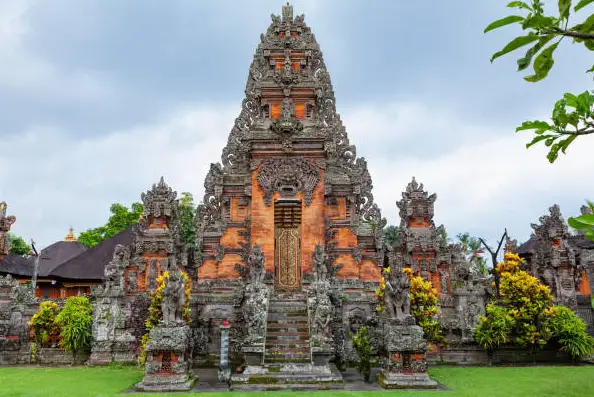Are there any restrictions on visiting historical sites in Ethiopia due to conservation efforts?
Post ByAdequate Travel
Summary
Visiting historical sites in Ethiopia can be a fascinating experience, but potential visitors need to be aware of potential restrictions on access. In order to sustain the unique culture and heritage of the area, many protected sites are off-limits to tourists in Ethiopia as part of conservation efforts. This blog post will discuss the laws and regulations surrounding visiting historical sites in Ethiopia and how they can impact a trip. As you prepare for your journey, familiarize yourself with the specific entry requirements, including any necessary visas or documentation.Restrictions on visiting historical sites in Ethiopia due to conservation efforts
1. Limited access to certain archaeological sites:
Some historical sites in Ethiopia are restricted or have limited access to preserve their integrity and protect them from excessive tourism. For example, the ancient rock-hewn churches of Lalibela, considered a UNESCO World Heritage Site, have controlled entry points and visitor numbers to prevent damage to the delicate structures carved out of solid rock.
2. Protective barriers and pathways:
In some historical sites, there may be designated pathways or barriers to prevent visitors from directly touching or getting too close to fragile ruins or artifacts. This ensures the preservation of the site by minimizing human impact. For instance, at the ruins of Aksum, an ancient city in northern Ethiopia, there are protective barriers around certain structures to prevent erosion and damage caused by frequent touching or climbing on the ruins.
3. Conservation fees and permits:
To control and manage the number of visitors, as well as fund conservation efforts, some historical sites in Ethiopia may require visitors to pay entrance fees or obtain permits. The fees collected are often utilized for the maintenance, preservation, and restoration of the sites. For instance, Simien Mountains National Park charges conservation fees for access to its unique landscapes and endangered species.
4. Time restrictions and guided tours:
In certain historical sites, there may be time restrictions for visitation to ensure the sustainable preservation of the site. Additionally, guided tours may be mandatory to educate visitors about the importance of conservation while exploring the historical site. For example, the ancient city of Gondar requires visitors to be accompanied by a licensed guide to help monitor and maintain the site's preservation.
5. Limitations on photography and filming:
Sensitive or culturally significant areas within historical sites may have restrictions on photography or filming. This is to prevent excessive flash photography, disruption to religious ceremonies, or the accidental capture of private or restricted areas. Visitors are usually advised to follow guidelines and obtain permission before capturing certain areas or people on camera.
Overall, these restrictions and guidelines aim to protect Ethiopia's rich history and cultural heritage by maintaining the authenticity and sustainability of its historical sites for future generations.
While planning your trip, take note of any travel restrictions that may impact your itinerary, such as limited access to certain regions or attractions.Suggested Questions
- Taitu Hotel, Addis Ababa: Horror Story, History & Paranomial Activities
- Dire Dawa Railway Station, Dire Dawa: Horror Story, History & Paranomial Activities
- Lake Hayq, Amhara Region: Horror Story, History & Paranomial Activities
- Mengistu Haile Mariam Residence, Addis Ababa: Horror Story, History & Paranomial Activities
- Kereyu Lodge, Oromia Region: Horror Story, History & Paranomial Activities
- Gheralta Rock Churches, Tigray: Horror Story, History & Paranomial Activities







